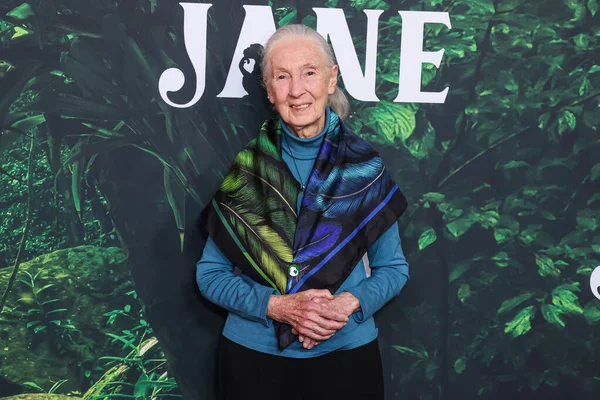
Even in the final days of her life, Jane Goodall was in motion talking, motivating, and reminding people that “every day we live on this planet, we make some impact.” On October 1, 2025, the groundbreaking British primatologist passed away of natural causes at 91 while on a speaking tour in California. Her death brings the close of a chapter that redefined primatology, transformed conservation, and sparked a world movement for environmental stewardship.
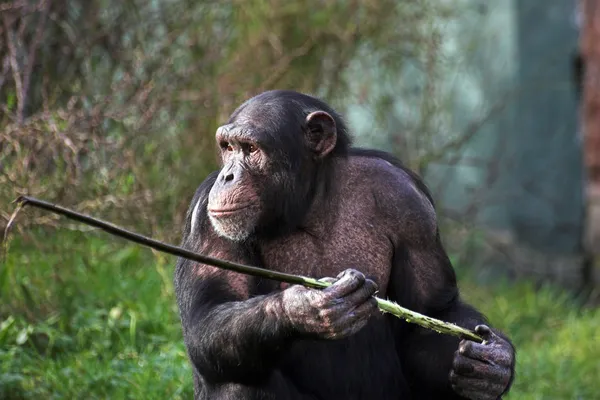
1. The Finding That Revolutionized Science
In 1960, Goodall, then 26 years old, came to Tanzania’s Gombe Stream National Park with Louis Leakey’s guidance. Without any formal scientific training, she made the discovery that shook the world: chimpanzees were making and using tools. Observing David Greybeard insert a piece of grass into a termite hill, she documented the first recorded case of non-human tool use. Leakey’s reaction “We must now redefine man, redefine tool, or accept chimpanzees as human” grasped the earthshaking change her research precipitated within science.
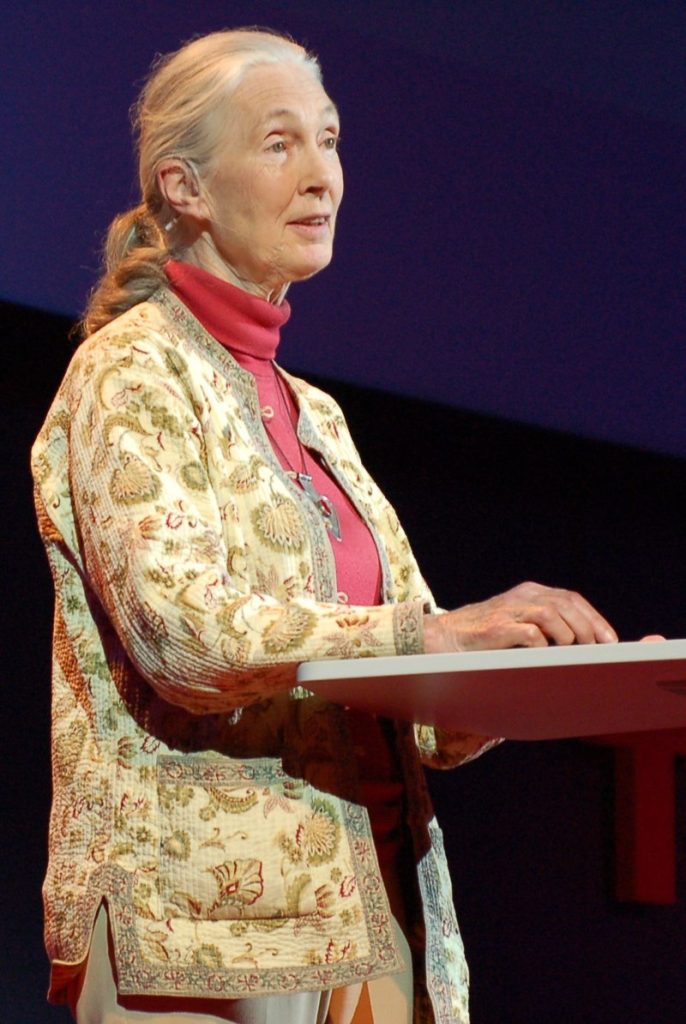
2. Naming the Chimps and Breaking Barriers
Goodall broke tradition in naming her subjects Flo, Frodo, Gilka instead of numbering them. This intimate tactic was criticized in the male-dominated discipline but eventually made her research subjects more relatable to the public, so they could engage with their narratives. She also recorded behavior previously assumed to be exclusive to humans, such as hunting, intricate social ranking, and emotional attachment.
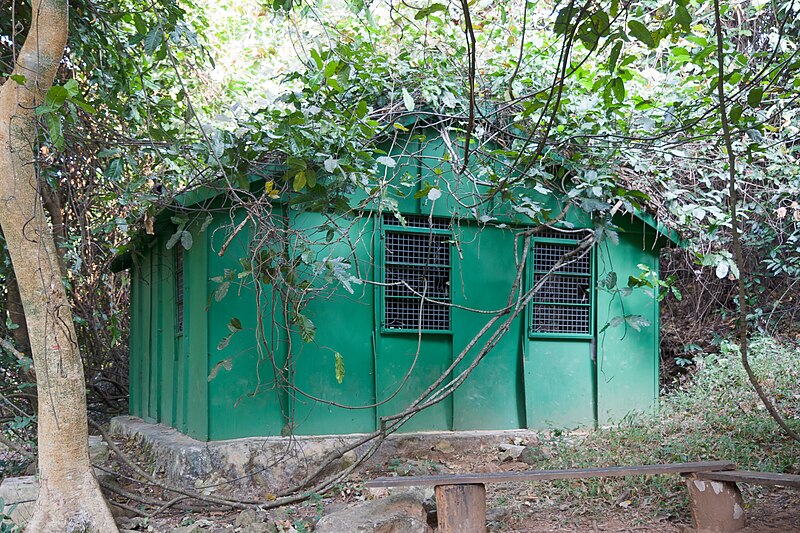
3. Witness to the Gombe Chimpanzee War
Her views weren’t always so bucolic. During the 1970s, she documented a four-year war between chimp groups, a vicious campaign of brutality that changed her vision of ape nature. “Then suddenly we found that the chimpanzees could be brutal that they, like us, had a dark side to their nature,” she wrote. That work laid the groundwork for primatologists to explain primate aggression in human terms.
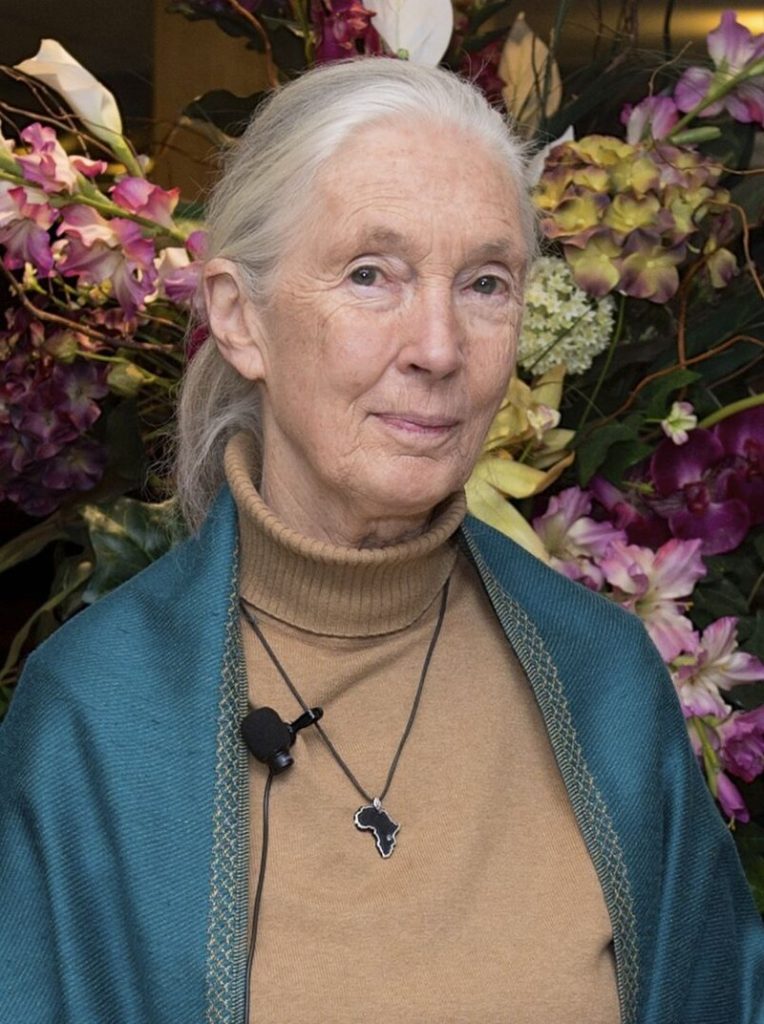
4. From Researcher to Global Advocate
By the mid-1980s, Goodall’s interest had moved from observing to campaigning. Witnessing images of abused laboratory chimps mobilized her into an indefatigable champion of animal welfare, conservation of habitat, and sustainable development. She established the Jane Goodall Institute in 1977, which today works in 19 nations, and initiated the TACARE program to tackle conservation through community-based solutions.
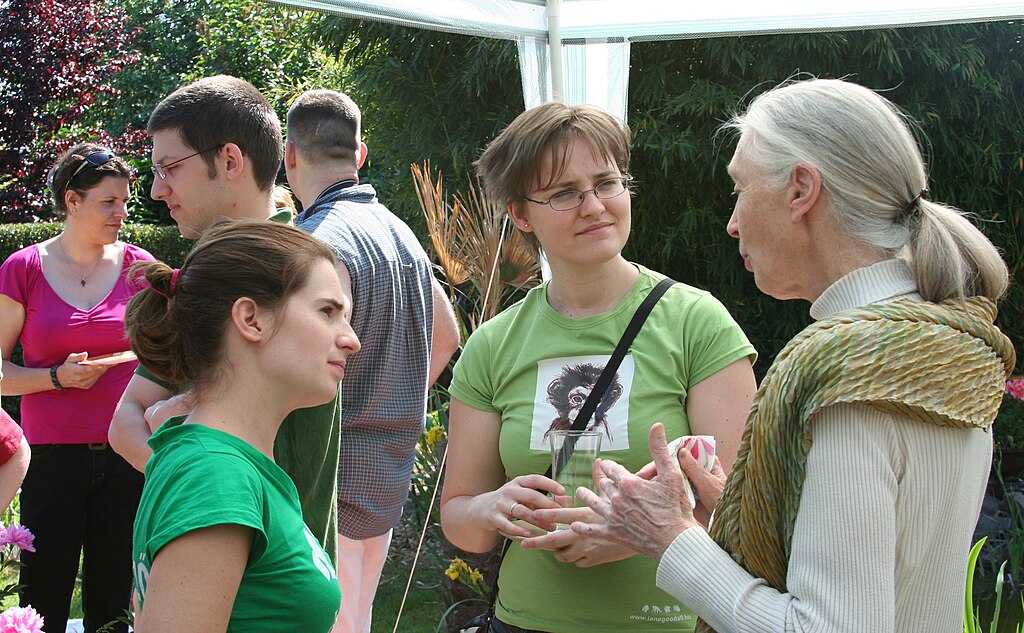
5. Roots & Shoots: Inspiring the Next Generation
Goodall began Roots & Shoots in 1991 with a group of Tanzanian schoolchildren. The youth movement today covers over 100 nations, from urban gardens to wildlife reserves. She used to tell young people again and again, The greatest danger to our future is our apathy. Each one of us must take responsibility for our own lives, and above all, show respect and love for living things around us.
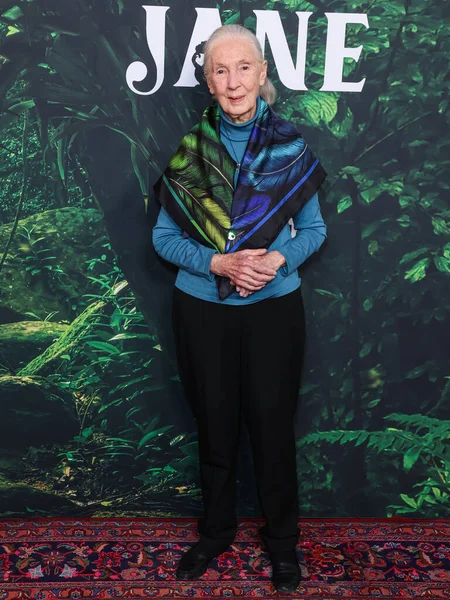
6. A Role Model for Women in Science
Goodall’s professional life broke down barriers for women in primatology, setting an example for Dian Fossey and Birutė Galdikas, among others. Her acceptance by Cambridge University without a bachelor’s degree and receipt of a PhD in 1965 are an uncommon academic honor. Numerous women owe their entry into fieldwork and conservation to her.
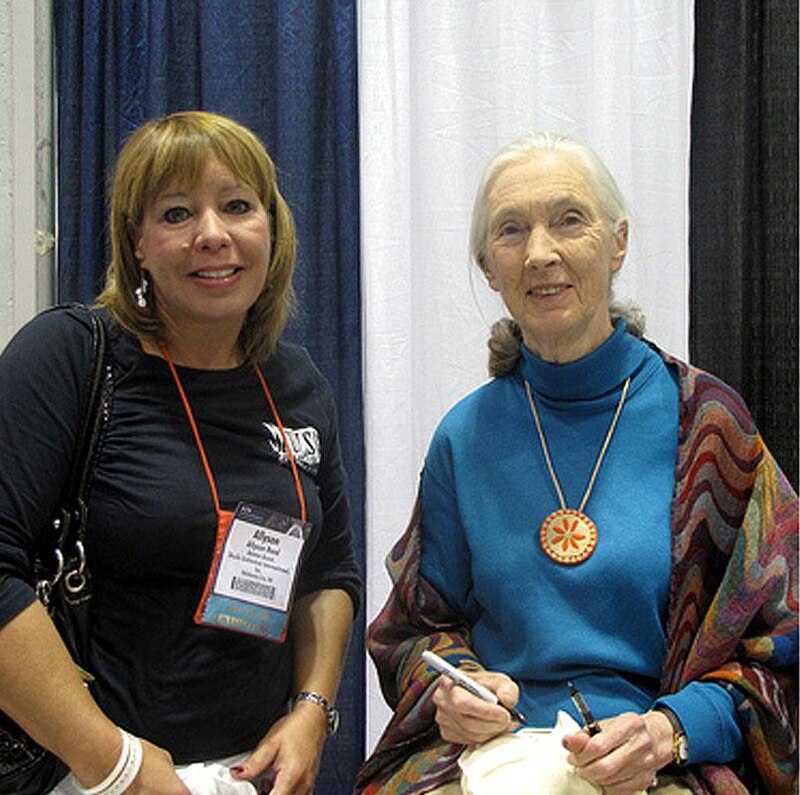
7. Cultural Influence and Public Engagement
Her life’s journey has been documented in more than 40 films, ranging from Miss Goodall and the Wild Chimpanzees (1965) to Jane Goodall: Reasons for Hope (2023). She partnered with Disney’s Animal Kingdom, was featured on The Ellen DeGeneres Show, and even took a stuffed monkey named Mr. H to over 65 nations as an icon of resilience and hope.
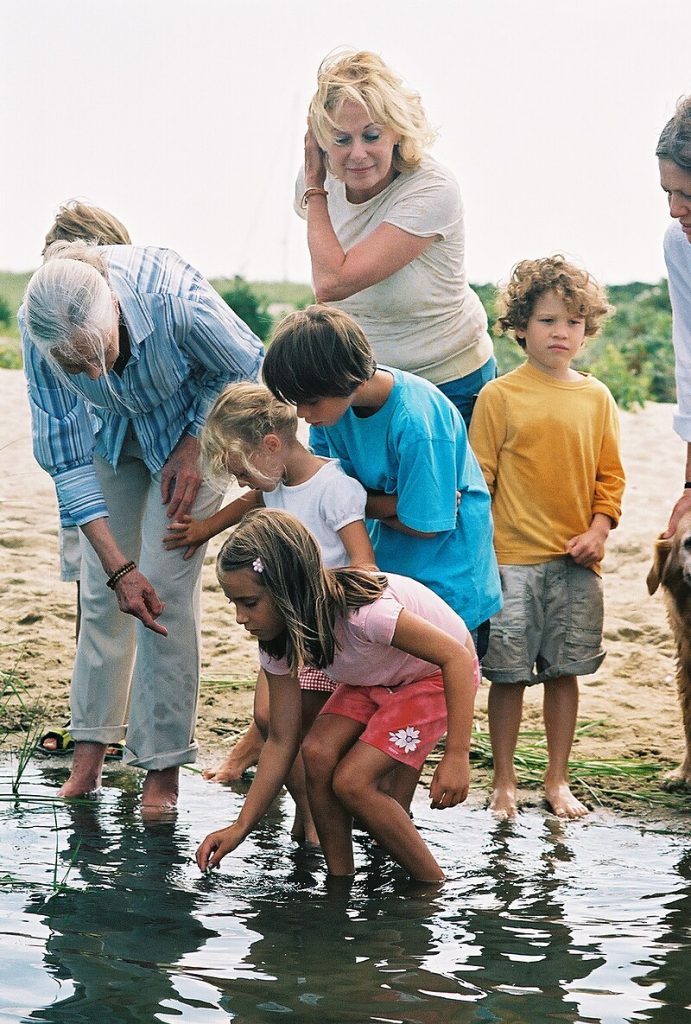
8. Ethical Living and Environmental Responsibility
A lifelong vegan from 2021, Goodall promoted ethical consumerism, encouraging others to purchase goods produced by workers who receive a fair wage. She connected individual decisions to planetary health, cautioning against the environmental price of factory farming and promoting plant-based diets through her institute’s #eatmeatless cookbook.
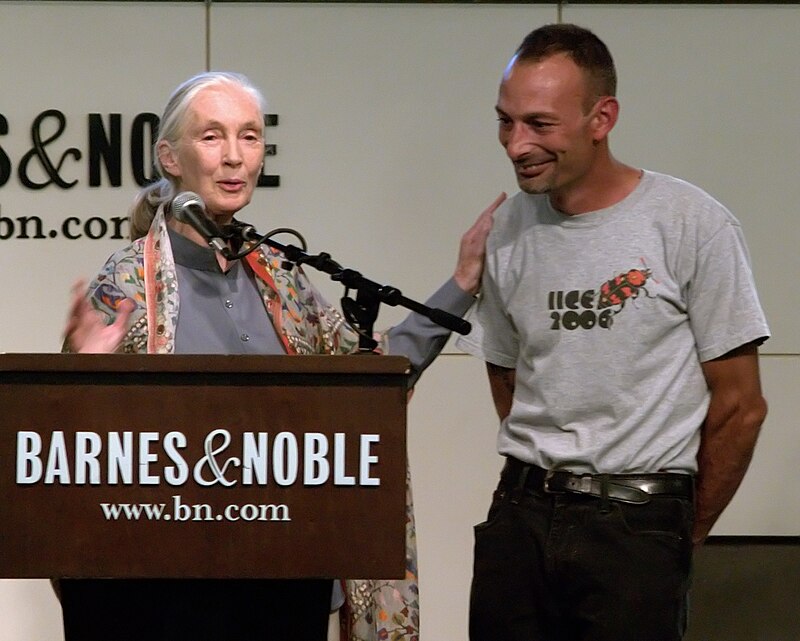
9. Awards and International Recognition
Goodall’s honors include the UN Messenger of Peace title, the Kyoto Prize, the Presidential Medal of Freedom, and the Hubbard Medal. She received a bronze statue in Manhattan and a Disney Tree of Life plaque as well. Each honored her combination of scientific discipline, compassion, and presentation.
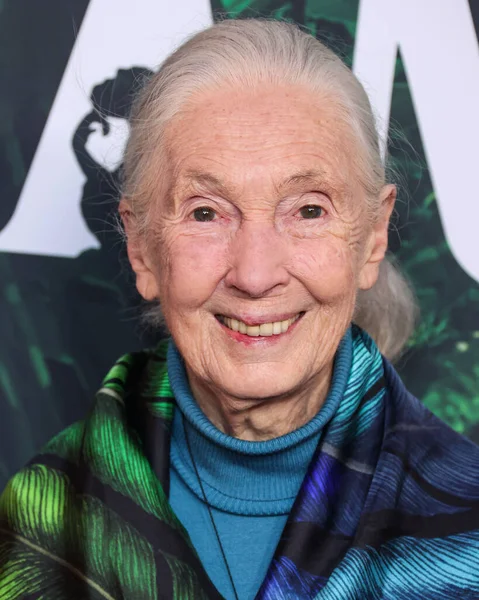
10. Lasting Message
From her early years of fascination with Tarzan to her last public outings, Goodall personified the idea that “just a person” can achieve great things. As Joe Rohde, a former Disney Imagineer, remembered, She was just a person, and that’s what she wanted people to understand. ‘Just a person’ can do amazing and impactful things.
Her legacy continues in the Gombe forests, the Roots & Shoots youth projects, and in the untold numbers of people she motivated to appreciate the natural world not apart from human beings, but as part of our common home.


